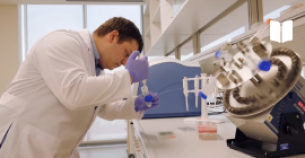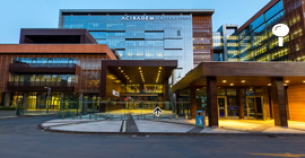General Information
What is a Biobank?
A “biobank” is a unit that includes biospecimens and their related data and information collected in a systematic way, specific to a population or a particular disease. Biobanks can also be defined as collections of biological materials and their associated data organized in a systematic and easily analyzable format.
The term “biobank” refers to a set of applications for the collection and storage of biological materials as well as medical and biomedical data. Biobanks can be established not only for research but also for therapeutic and forensic purposes. In this context, biobanks include biological samples such as tissue, organ, serum, plasma, urine, saliva, deoxyribonucleic acid (DNA), ribonucleic acid (RNA), protein and cell lines. The data for these samples is brought together and presented as a data list describing the sample's history, sampling method, processing, and analysis results. This collective data is used in development of new treatments and/or new technologies and in scientific publications. Biospecimens in biobanks are protected by quality assurance systems and ethical/legal regulations are followed to protect the rights of the volunteers who makes the sample donations. The most important step in biobanking is to accept the samples after receiving the Informed Consent Form signed by the volunteers.
Biobanking enables conducting large-scale research using a very comprehensive data flow. It provides the opportunity to easily obtain enough biological material for scientific research and to carry out research without the need for re-sampling. Advances in scientific and technological fields have brought researchers to the concept of "big data" in the world of biology and medicine. In this way, biobanks ensure that both biological material and related multiomics data are kept at certain minimum standards. In these days, major biobank projects -in terms of number of samples that they have- around the world aim to sequence the entire genome of tens of thousands of people. Biobanks are needed in order to understand the genetic mechanisms of diseases that are frequently observed in the society such as heart diseases, diabetes, cancer and depression, and to investigate them at the molecular level.




